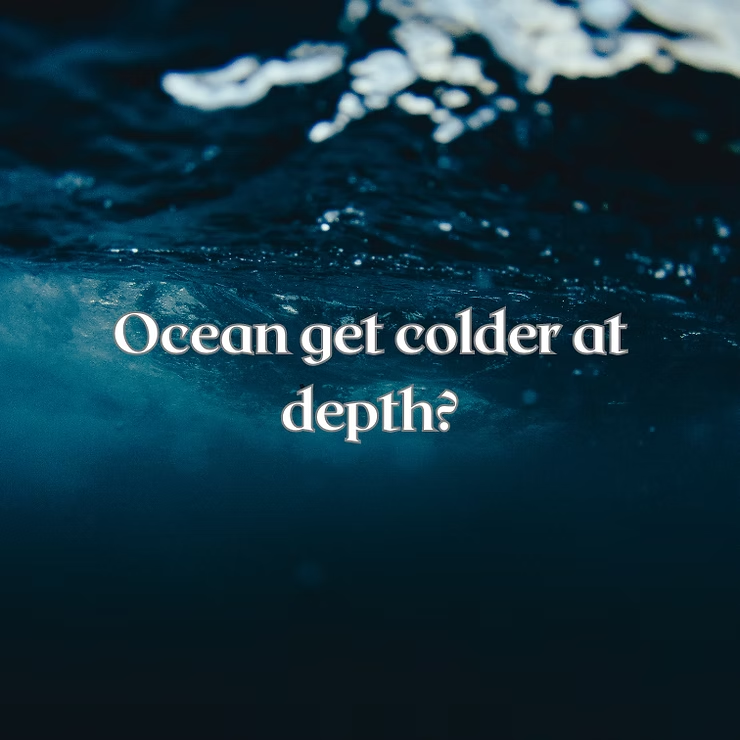The Mystery of the Deep Ocean
The ocean is one of the most mysterious and least explored parts of our planet. Beneath the surface lies a vast world of cold, pressure, and darkness. One of the most intriguing phenomena is the way the ocean becomes colder the deeper we go. This chilling process reveals fascinating insights into how the ocean works and why it matters for life and climate.
What Lies Beneath?
The deep ocean is a realm beyond sunlight, where temperatures steadily drop. Without the sun’s warmth, water at depth remains frigid. In addition, the immense pressure of the ocean compresses water molecules, a process that reduces their energy and results in colder temperatures. This combination creates an extreme environment where life faces constant challenges, yet continues to thrive.
The Chilling Effect of Pressure
As we descend, pressure increases dramatically. This pressure squeezes water molecules closer together, causing them to lose energy and release heat. Known as adiabatic cooling, this process explains why temperatures at great depth can approach freezing even in tropical seas. The deeper the descent, the colder the environment becomes.
The Role of Thermohaline Circulation
Thermohaline circulation, sometimes called the “global conveyor belt,” plays a vital role in deep ocean cooling. Driven by differences in temperature and salinity, this system moves water masses across the globe:
- North Atlantic Deep Water forms in the Labrador and Greenland Seas.
- Antarctic Bottom Water originates near Antarctica, spreading frigid water northward.
These dense waters sink and push warmer water upward, distributing heat and nutrients. This circulation regulates Earth’s climate, linking the deep ocean to weather patterns and global temperature shifts.
Exploring the Abyss
Venturing into the abyss requires technology. Scientists use remotely operated vehicles (ROVs) and autonomous underwater vehicles (AUVs) to capture images and measure conditions thousands of meters below. The deepest point, the Mariana Trench, plunges nearly 11,000 meters — deeper than Mount Everest is tall. Despite the darkness and pressure, life persists, from glowing creatures to animals with antifreeze proteins that prevent ice crystals in their cells.
Life in the Cold Depths
The deep ocean hosts remarkable organisms adapted to extreme cold:
- Antifreeze proteins keep cells from freezing in near-icy conditions.
- Bioluminescence allows creatures to produce light for communication, hunting, or camouflage.
- Chemosynthetic ecosystems, such as those at hydrothermal vents, rely on bacteria converting chemicals into energy rather than sunlight.
These adaptations prove the resilience of life and highlight the diversity of Earth’s ecosystems.
Conclusion
The deep ocean is not only a place of mystery but also a key component of our climate system. Its cold depths are shaped by pressure, lack of sunlight, and global circulation. Studying this hidden realm helps scientists better understand climate change, marine biodiversity, and the interconnected systems that sustain our planet. Next time you look at the ocean, remember that far below lies a world of cold wonders waiting to be uncovered.

